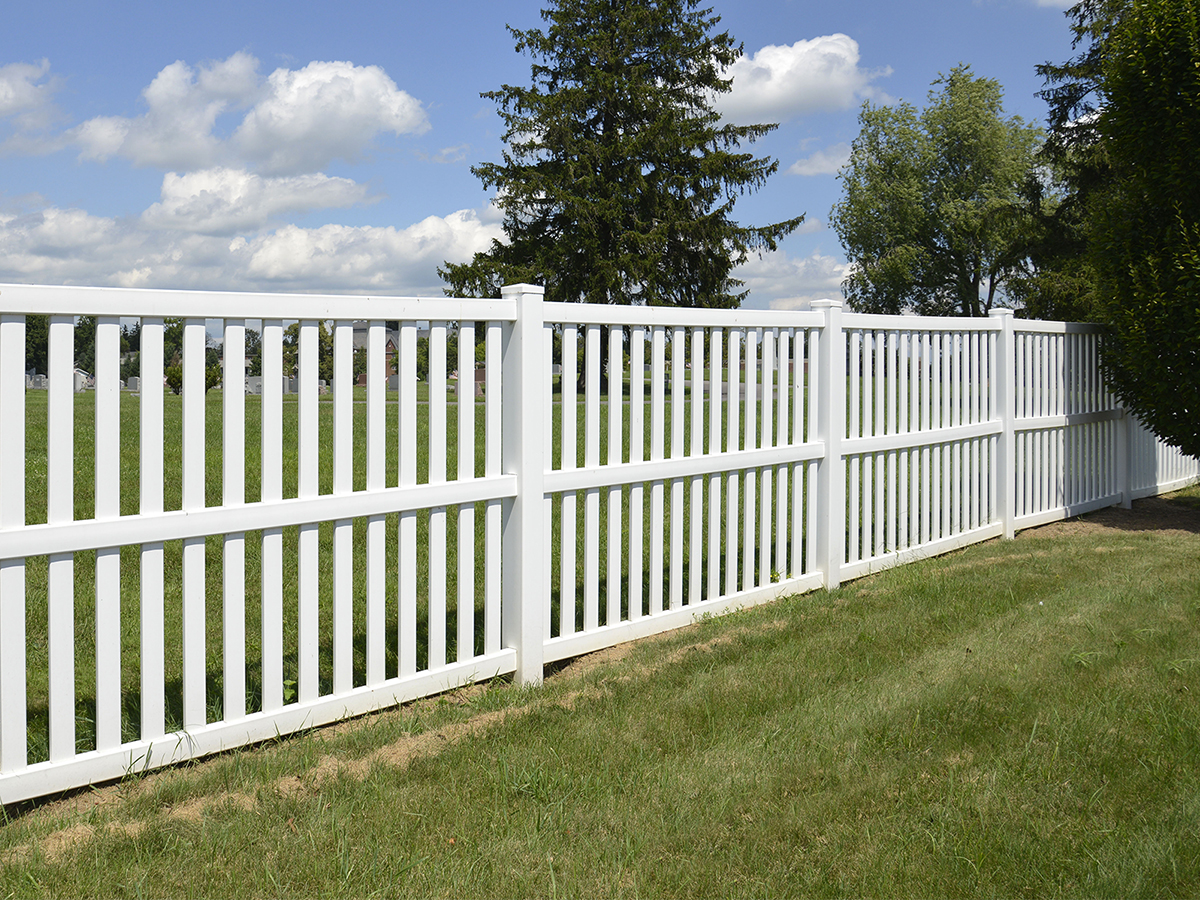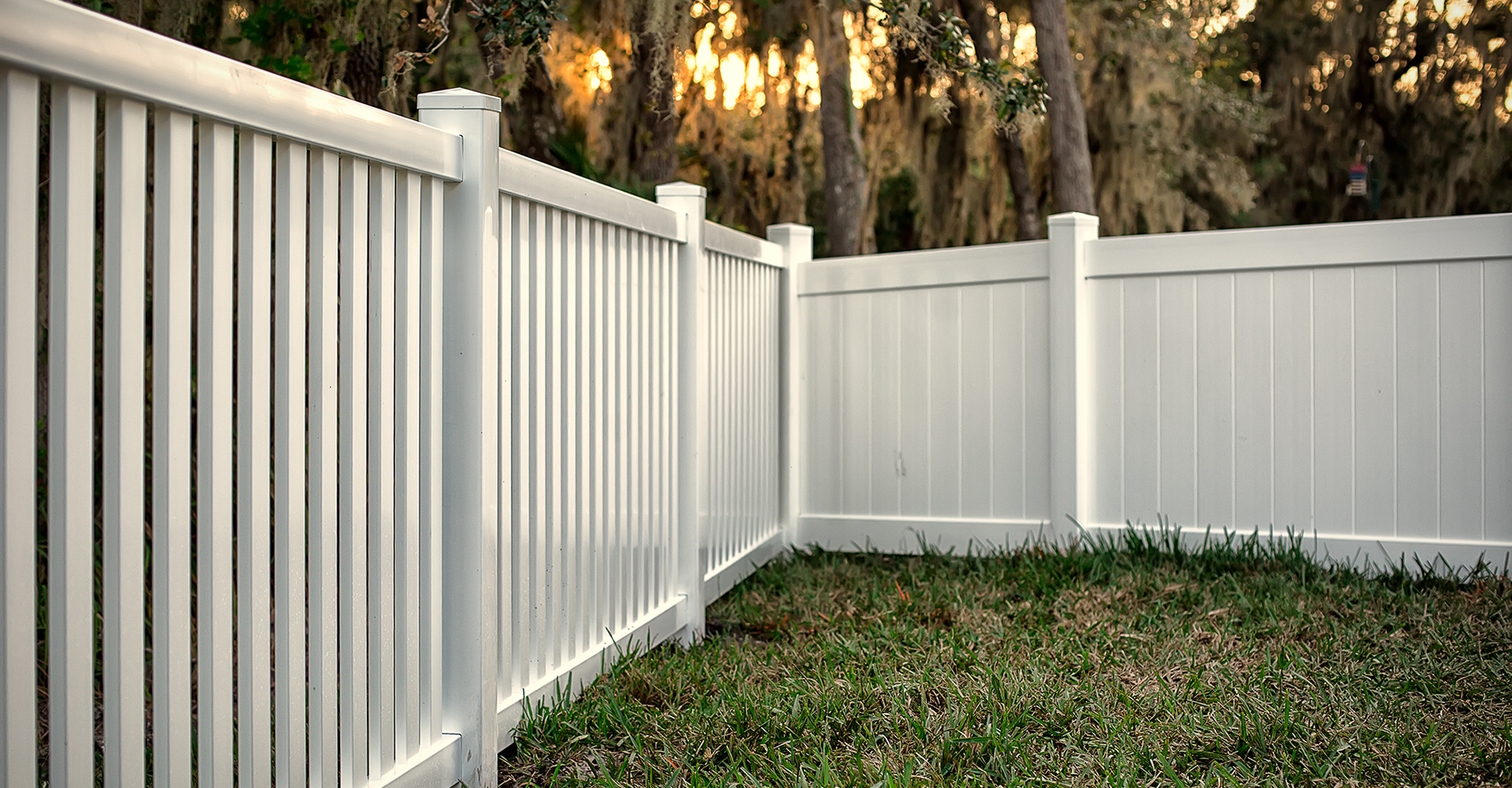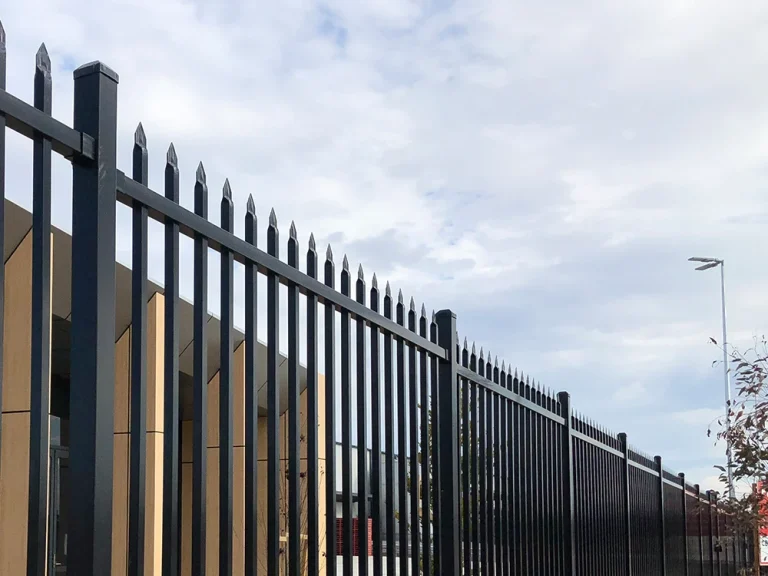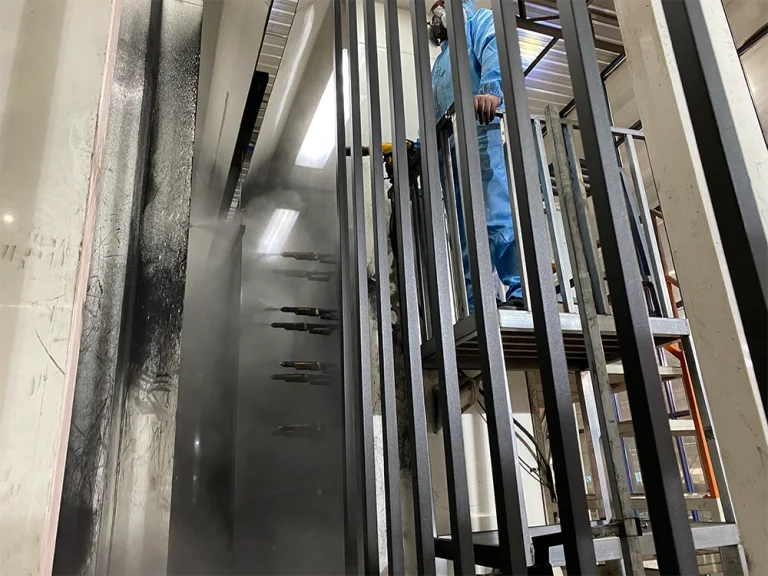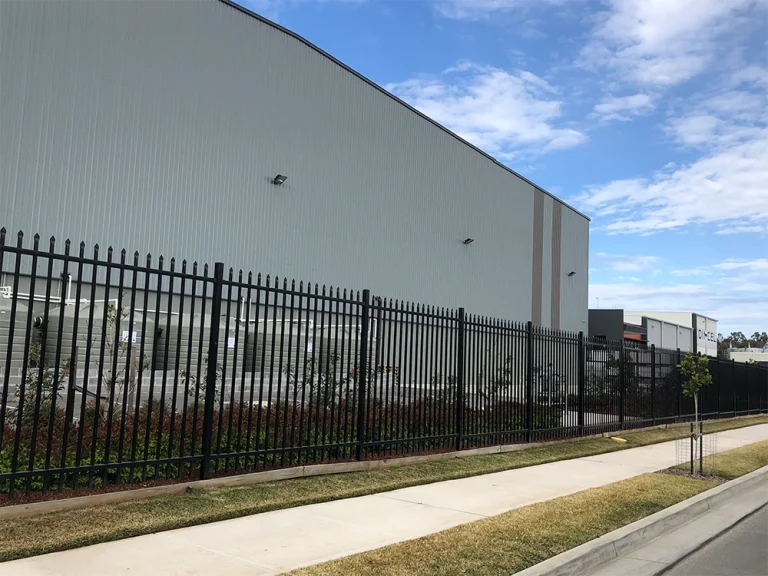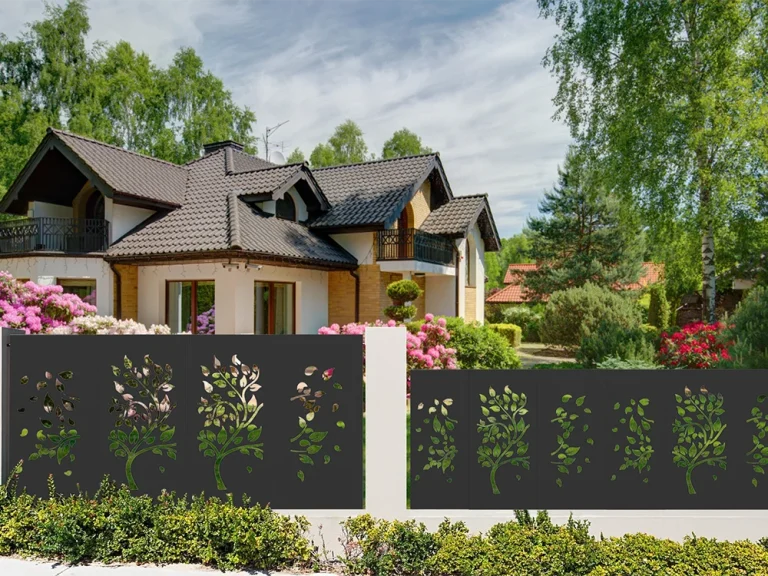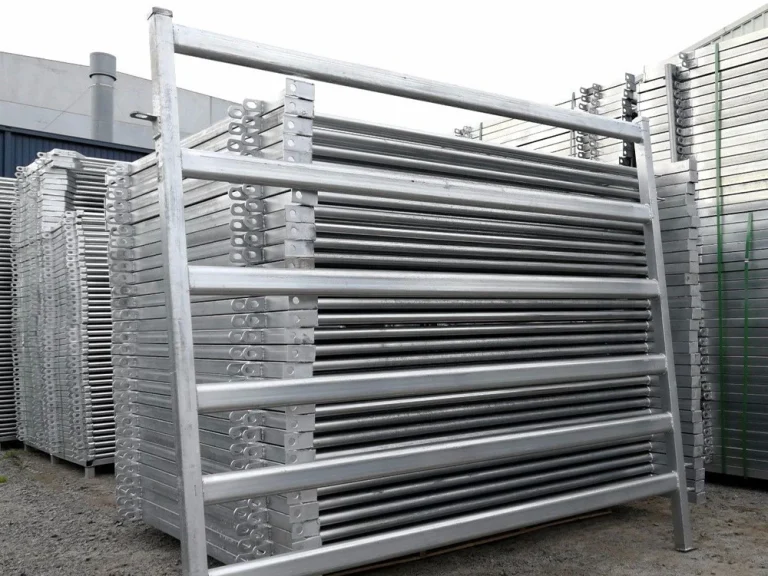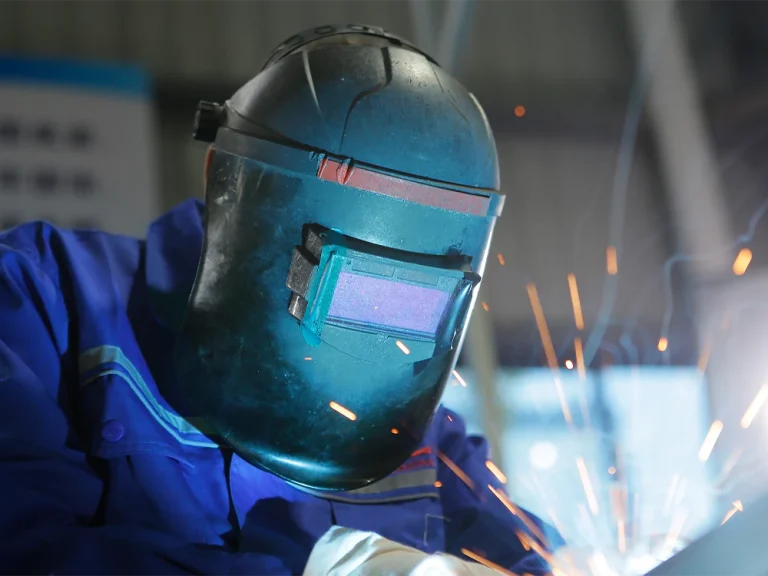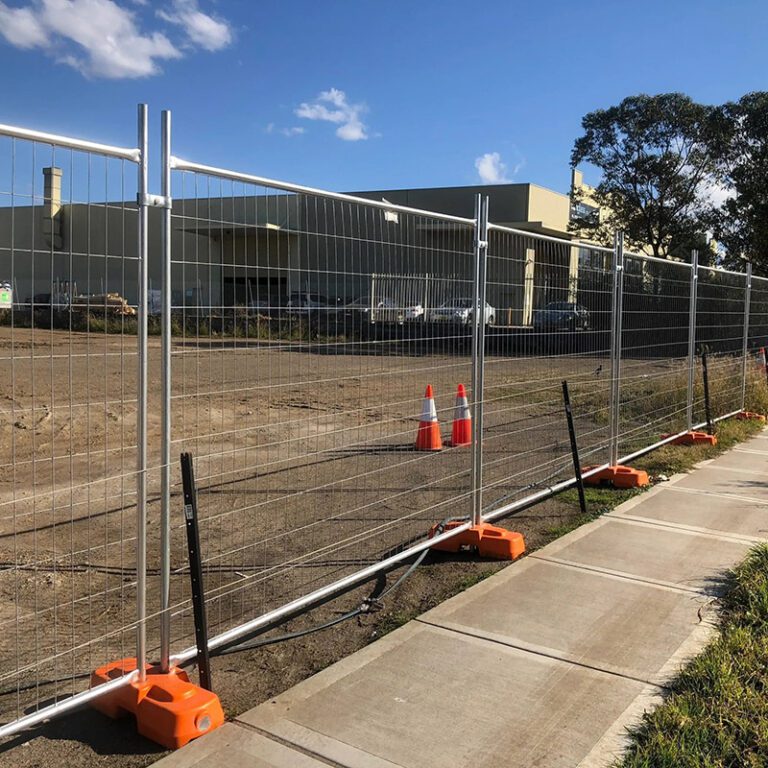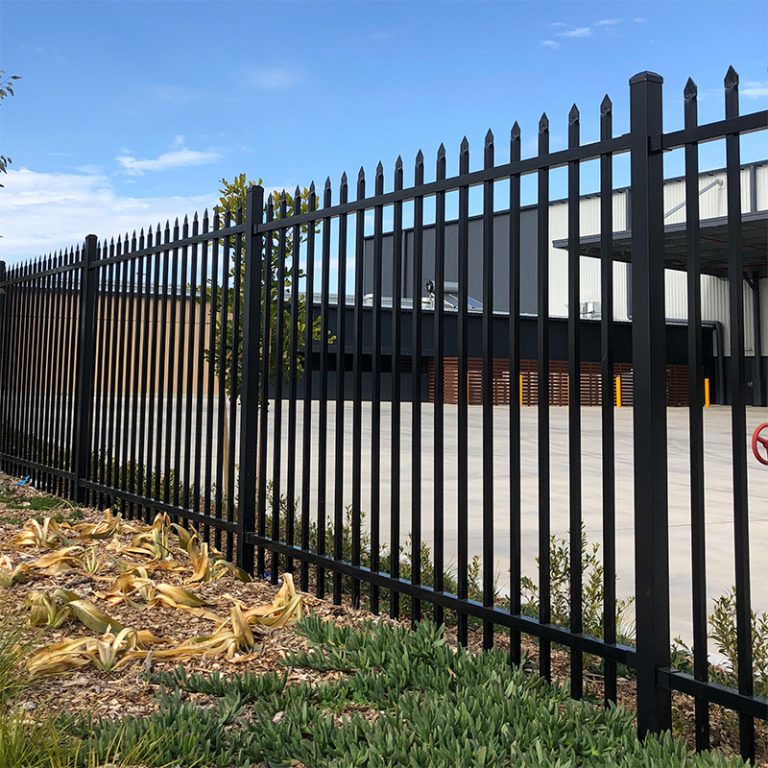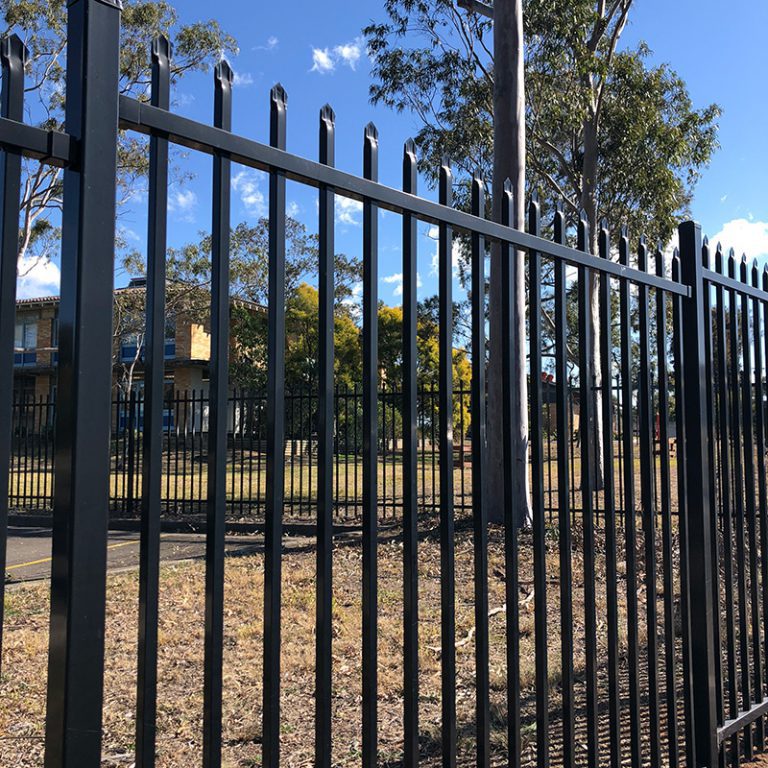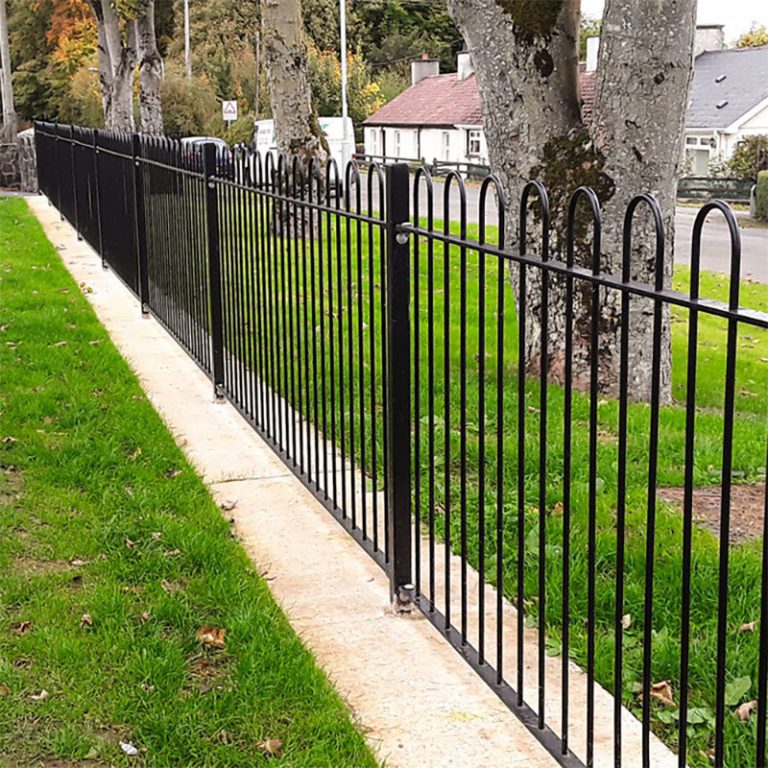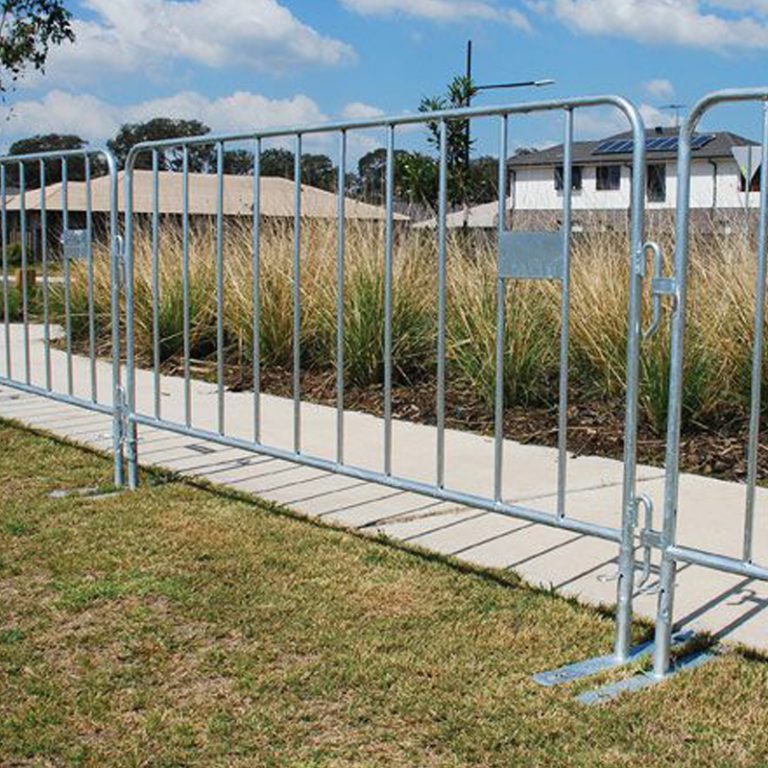Vinyl fences, also known as PVC fences, have gained popularity as a versatile and durable option for residential and commercial properties. In this article, we will provide a comprehensive analysis of the advantages and disadvantages of vinyl fence. We will explore their durability and low maintenance requirements, design versatility and cost-effectiveness, environmental impact, and sustainability, as well as provide maintenance tips to ensure the longevity of these fences. Additionally, we will discuss current research and future directions in vinyl fence technology.

Durability and Low Maintenance:
Vinyl fence is highly durable, and resistant to rot, decay, and insect damage, making them ideal for areas with high humidity or insect activity. Unlike wood fences that require painting or staining, vinyl fence do not need any surface treatments. They can be easily cleaned with soap and water, saving homeowners time and effort.
Design Versatility and Cost-Effectiveness:
Vinyl fences offer a wide range of styles, colors, and textures, allowing homeowners to choose a design that complements their property’s architecture and landscape. They can mimic the appearance of wood or have a smooth finish, providing endless design possibilities. While the upfront cost of the fences may be higher than some other materials, their long-term durability and low maintenance make them cost-effective. Homeowners can save on repair and maintenance costs over the fence’s lifespan.
Environmental Impact and Sustainability:
The production of PVC, the primary material used in vinyl fences, involves the use of chemicals and energy-intensive processes, contributing to carbon emissions and environmental pollution. However, homeowners can recycle the fences, reducing the fences’ impact on the environment. Manufacturers are actively exploring sustainable alternatives and techniques to reduce the environmental impact of vinyl fences. This includes the use of recycled PVC, energy-efficient manufacturing processes, and responsible waste management practices.
Maintenance Tips for Vinyl Fences:
To ensure the longevity of vinyl fences, regular cleaning is essential. Use a mixture of mild soap and water to remove dirt, debris, and mildew. Homeowners can use a solution of water and vinegar or a specialized vinyl fence cleaner for stubborn stains. Avoid using harsh chemicals, solvents, or abrasive cleaning tools, as they can damage the vinyl surface. Regularly inspect the fence for cracks, loose panels, or broken hardware, and promptly repair any damage to prevent further issues. During winter, gently clear any snow or ice buildup on the fence to avoid causing damage.
Current Research and Future Directions in Vinyl Fences Technology:
In the realm of vinyl fence technology, researchers are actively working on enhancing the performance and sustainability of PVC fences. Additionally, researchers are exploring innovative materials and additives that can enhance the durability, strength, and resistance of vinyl fences. Future directions in vinyl fence technology include the development of smart fencing systems that incorporate advanced features such as security sensors, automated maintenance alerts, and remote access control.
Conclusion:
Vinyl fences offer numerous advantages, including durability, low maintenance requirements, design versatility, and cost-effectiveness. While vinyl fence production has some disadvantages and environmental concerns, manufacturers are making efforts to mitigate their impact on the environment through recycling and sustainable manufacturing practices. By following proper maintenance tips, homeowners can ensure that their vinyl fences remain visually appealing and functional for many years. Ongoing research and technological advancements in vinyl fence technology hold promise for further improving their performance and sustainability in the future.

